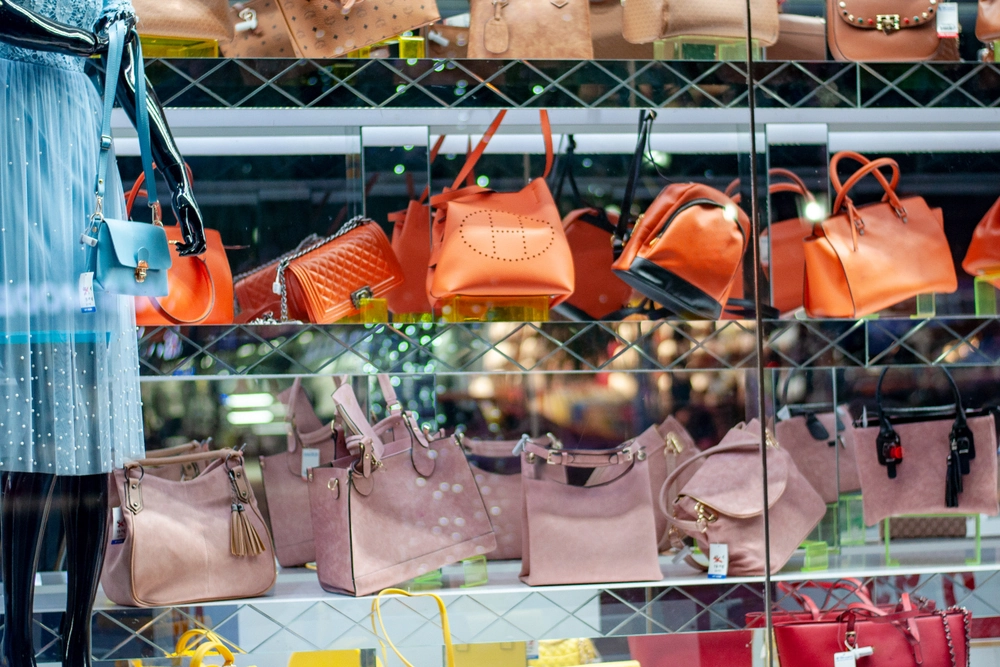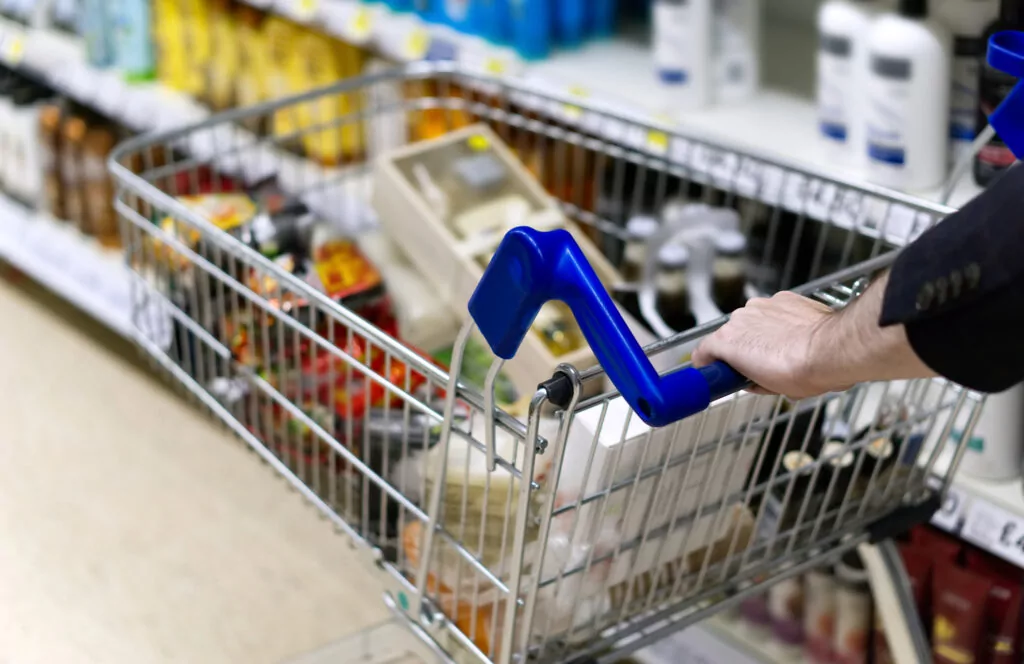

This recent trade mark opposition decision demonstrates the importance of bringing swift action against a third party operating under a similar mark, especially where no evidence of actual confusion has emerged and where parties co-exist in full knowledge of one another.
Societe Francaise Des Hotels De Montagne (the "Applicant") sought to register BARON EDMOND DE ROTHSCHILD in class 33 for alcoholic beverages (except beers) and wines in the UK. This application was opposed by Baron Phillipe De Rothschild S.A (the "Opponent") under sections 5(2)(b) (confusingly similar) and 5(3) (reputation/unfair advantage) of the Trade Marks Act 1994, based on its earlier trade mark for BARON PHILLIPE DE ROTHCHILD that covered identical class 33 goods.
Both parties belong to the same family; the Applicant to the French branch, and the Opponent to the English branch and the two branches have always operated economically independently of each other.
Proof of Use
Since the Opponent's trade mark had been registered for over five years, it was required to prove use of its registration. The Opponent claimed that its mark had been used in the UK since 1986 in relation to a variety of wines sold via wine merchants, online retailers and supermarkets. The Hearing Officer considered this evidence demonstrated use of the mark in relation to wines. The Opponent was therefore able to rely on its mark for wines only.
Section 5(2)(b)
For a successful opposition under section 5(2)(b), the Opponent must show that the trade marks are similar and cover identical or similar goods and services; such that there would be a likelihood of confusion between the marks.
The goods covered by the marks were found to be identical. The Hearing Officer carried out a comparison of the trade marks and found that:
- Visually – the only point of difference in each mark was the second word (EDMOND and PHILLIPE) and, therefore, the marks were considered to have a visual similarity pitched between a medium and high degree.
- Aurally – the only point of difference between the marks was the second word and, therefore, they had an aural similarity pitched between a medium and high degree.
- Conceptually – both marks were found to convey the image of an individual with the surname DE ROTHSCHILD who holds the rank of BARON. As such the marks were found to be similar to a high degree.
The Hearing Officer considered the Opponent's mark to be inherently distinctive - DE ROTHSCHILD is an unusual surname in the UK, as is the rank of Baron. Considering the evidence filed by the Opponent, no enhanced distinctiveness was found. The Opponent's sales figures, although not insignificant at around €400,000 per year, did not show a particularly extensive market share of what is a significant market for wine in the UK.
The Hearing Officer noted the parties had traded side by side for a number of years and, although not a requirement of a successful opposition, the Opponent had not provided any proof of actual confusion in the marketplace. A lack of actual confusion in the marketplace was found to be a relevant factor pointing towards no likelihood of confusion. The similarity between the marks and the identity of the goods were factors in favour of the Opponent; however, the Hearing Officer found that these were countered by the lack of evidence of actual confusion. Consequently, no direct or indirect confusion was found.
Section 5(3)
The opposition also failed under section 5(3). The Hearing Officer found that the Opponent did not have a significant market share in the UK and had provided no information about marketing expenditure. Therefore, it did not have the requisite reputation at the relevant date.
The Hearing Officer noted that even if reputation could be established, the honest concurrent use of the marks would mean that no unfair advantage or detriment to reputation would be established (see below).
Honest Concurrent Use
Honest concurrent use can be established where two entities have co-existed for a sufficient period and, in that time, the parties honestly used the same or similar marks in a way that indicates that any confusion is tolerated. Therefore, both the Applicant and the Opponent's use of their marks must be considered.
In this case, the Hearing Officer found there had been a relative substantial and longstanding use of the Applicant's mark in the UK in relation to wine since at least 2016. This use had been concurrent with the Opponent's use of its mark in relation to wine, including through some of the same distributors and retailers.
This case highlights the risks in allowing a potentially confusingly similar mark to operate within the same market without taking action. It is always best to take early action where you can.
Charlene Nelson, Chartered Trade Mark Attorney























